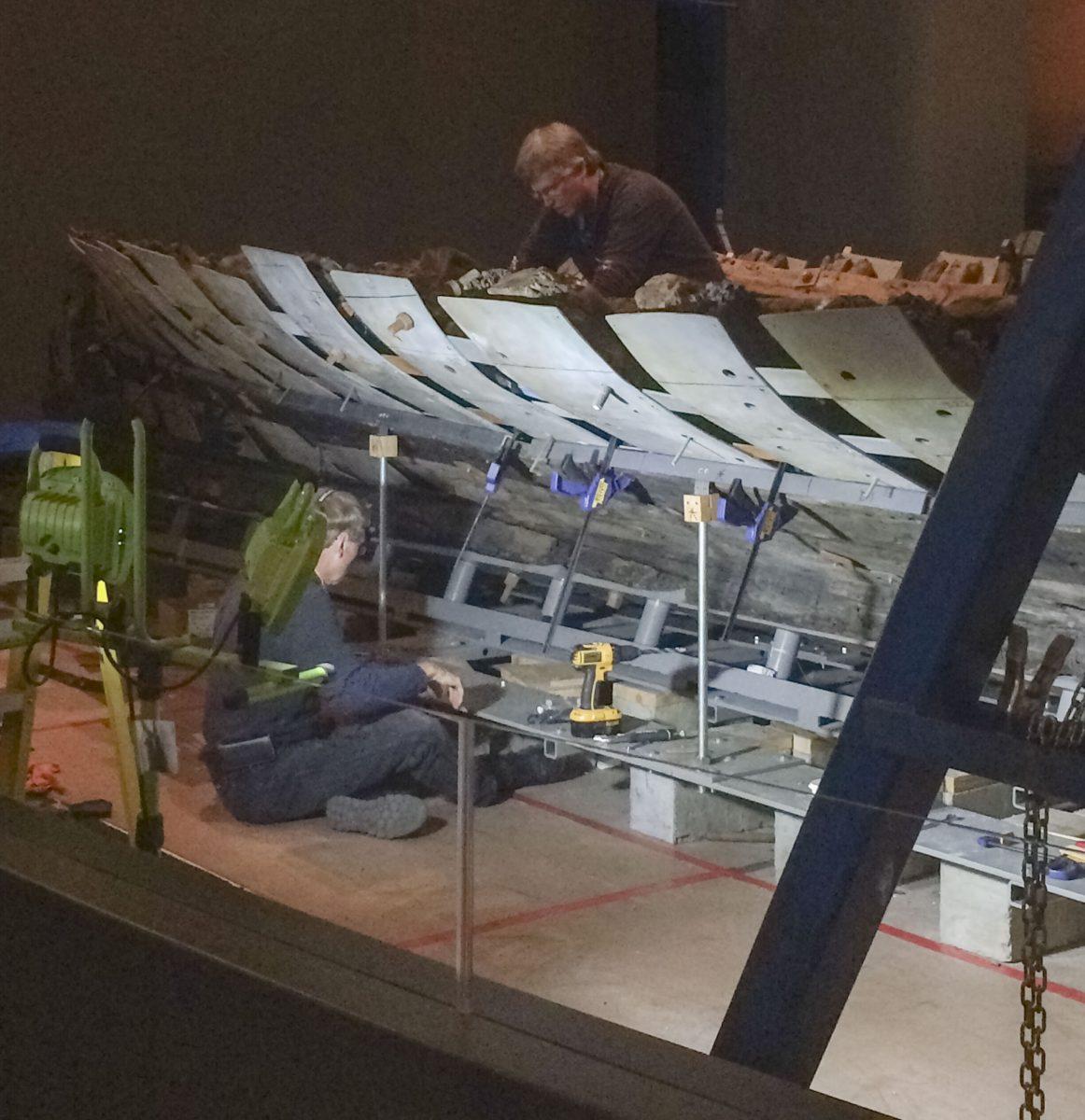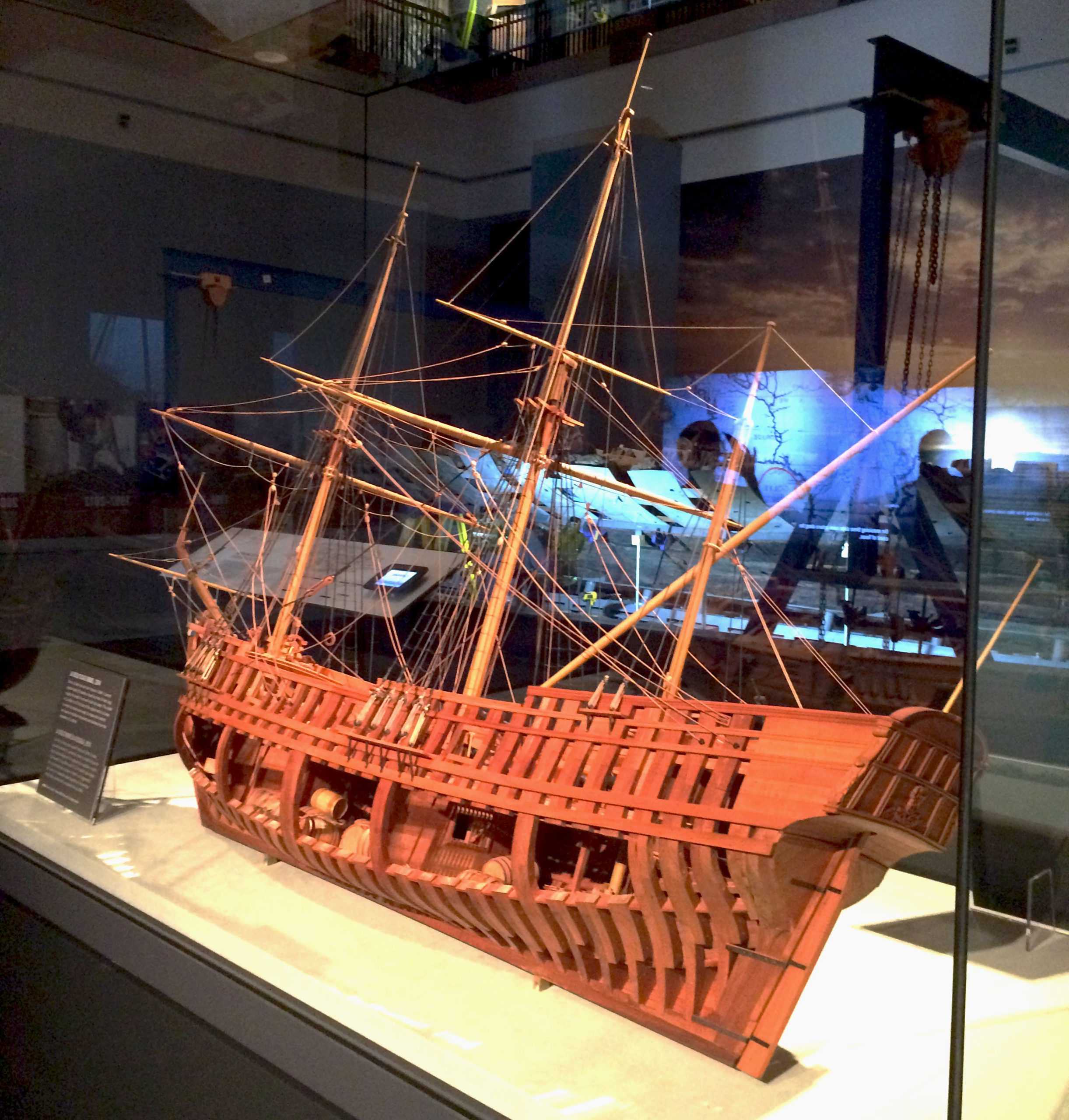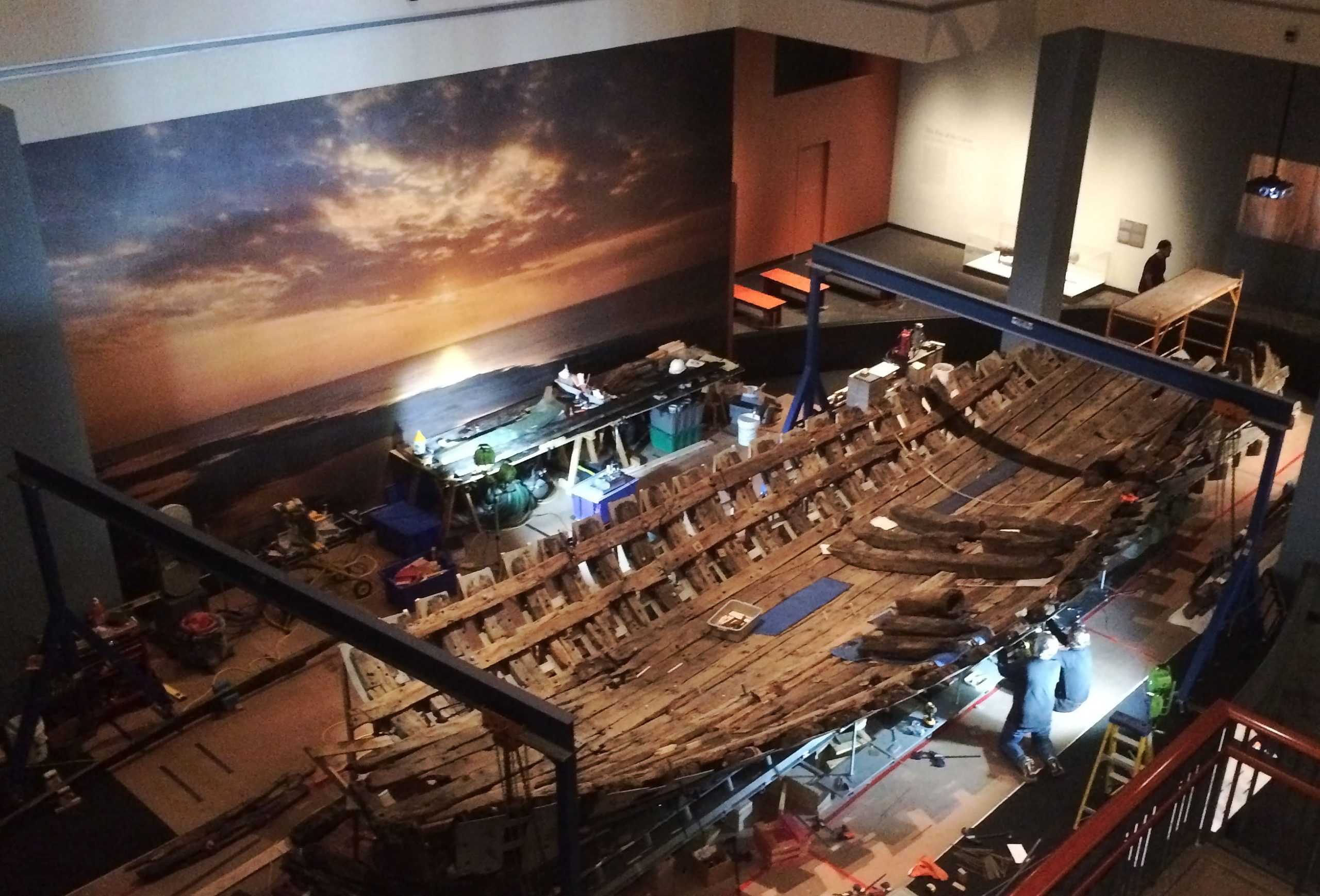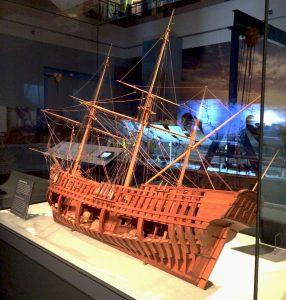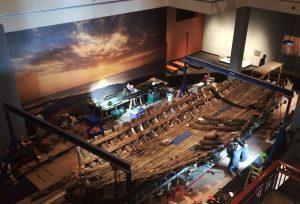From 17th century French ships to Civil War ironclads, Aggie preservationists have restored pieces of history at the Conservation Research Lab.
For over three decades, the CRL has been the site of over 130 conservation projects involving artifacts from across the globe.
Most recently, the CRL is in the final stages of conserving artifacts from the La Belle, a 17th century French ship sunk off the coast of Texas. Helen Dewolf, CRL assistant research specialist said the lab has been working on the project since 1996.
“Right now we are — I am — finishing the very last of those artifacts,” Dewolf said. “Included with the ship were at least 1,700,000 individual artifacts.”
Donny Hamilton, director of the CRL, said the CRL is completing conservation of the hull of the ship itself, which will be placed in the Bob Bullock Texas State History Museum in Austin upon completion. Hamilton said he is also excited to begin working with artifacts being recovered from the CSS Georgia, a Confederate ship that sunk during the Civil War.
“The main thing we have been doing this summer is the CSS Georgia,” Hamilton said. “It was deliberately sunk by the Confederates to keep the Union from capturing it as they were coming down and about to capture Savannah.”
Parker Brooks, a graduate student technician with the CRL, said he had the opportunity to actively participate in the excavation of the CSS Georgia.
“This January I was sent to Savannah, Ga., to be in the field with the excavation process,” Brooks said. “I document artifacts as they come up and assess them for shipment for conservation here at A&M.”
Brooks said the primary reason he enjoys conservation is because each object tells a different story. Brooks said one interesting object he is working with is a bayonet attachment for a rifle.
“The P.S. Justice was a Union-made piece and here we are finding it on the bottom of the Savannah River on the CSS Georgia well south of the Mason-Dixon line,” Brooks said. “So how in the world did something like this find itself on the ship?”
Parker said every object recovered for conservation by the laboratory presents its own challenges.
“There are so many processes to get something from a concreted object fresh from the river bottom to a finished piece in a museum,” Parker said. “First, where did it come from? What is it? What do we have? There is concretion on stuff like that. It might be a type of metal, we don’t know. We have to X-ray it just to see what is inside.”
Dewolf said the CRL specializes in conserving items from underwater sites, whether the sites are a dozen feet underwater or several thousand feet. Dewolf said the CRL facilities are equipped to handle a large range of materials with a variety treatments.
“We have the facilities so that we can accommodate an almost 10,000 pound cannon,” Dewolf said. “We have also conserved very fine, delicate, and very complex composite artifacts.”
Dewolf said each type of material requires a different type of conservation treatment so as to not harm the artifact.
Dewolf said each artifact needs to receive a different treatment based on a large variety of factors to ensure the object is conserved correctly.
“You never know what you are going to get and what you have to pull out of your sleeve and put together to conserve these often very, very degraded and delicate artifacts,” Dewolf said.

















